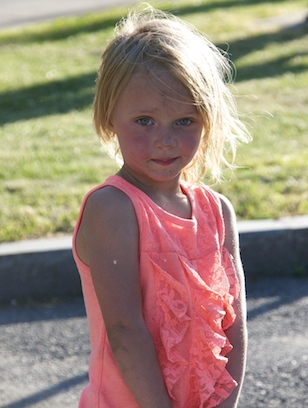~Lots of people talk to animals…Not very many listen, though…That’s the problem~
Benjamin Huff, The Tao of Pooh
Recently, as Carol and I drove home at dusk, we scanned the meadows along the highway where deer usually graze. None in sight, As we neared home, we swerved to avoid a faun lying in a pool of blood. struggling to arise on its two front legs which still worked. The scene left us feeling shocked and helpless. Not at all what we expected. We could only imagine what the faun was feeling.
Earlier that day we had watched Marley and Me, a movie ending with the death of a beloved family dog and felt the emotions the family experienced in letting go of their pet. Sometimes we ignore animals and take them for granted. Sometimes animals fascinate us. Sometimes they become part of our lives and we wind up loving them.
If we look closely, we can find in animals the traits we abhor in each other. We can also find traits which endear us to each other. Killer whales toss panicked seals into the air before eating them. Chimps groom and embrace each other fondly. Many species display the tenderness and fierce protective behavior we admire in human mothers.
Animals seem to experience pure joy. Watch sea otters slide down slippery rocks into the sea. See rabbits chase each other around a field. Listen to birds greeting each new day. We tell ourselves that all of these animal reactions are purely instinctual. But who knows? They probably wonder what we are all about as well.
Even though we muse about how well animals understand what we say, we certainly seem to communicate with them on an emotional level. Animals can arouse our interest, curiosity, affection, concern, fear and anger. We seem to draw the same emotions from a variety of animals as well. When a puppy or kitten cuddles up with us, it is hard to know whether the animal or human feels more cozy.
While we see many parallels between human and animal lives, what can we learn from them? On the whole animals seem to be better at staying focused on what is imp0rtant. They do what is necessary for survival, their own and that of their offspring.
They eat what is healthy for them when at all possible. They don’t succumb to addictions, They don’t worry about who has more or better possessions or look down on less fortunate or merely different creatures. They don’t hold grudges, I am not suggesting that animals are any better than we are. I just think we can learn from the simplicity of their lives in contrast to the complexity with which we often surround ourselves.
Live Lab Lessons
- Do you know what is truly important in your life?
- Do Your daily choices reflect your values?
- Do you put the essentials first?
- Do you complicate your life with toys and gadgets?
- Could you benefit from watching how animals live?

